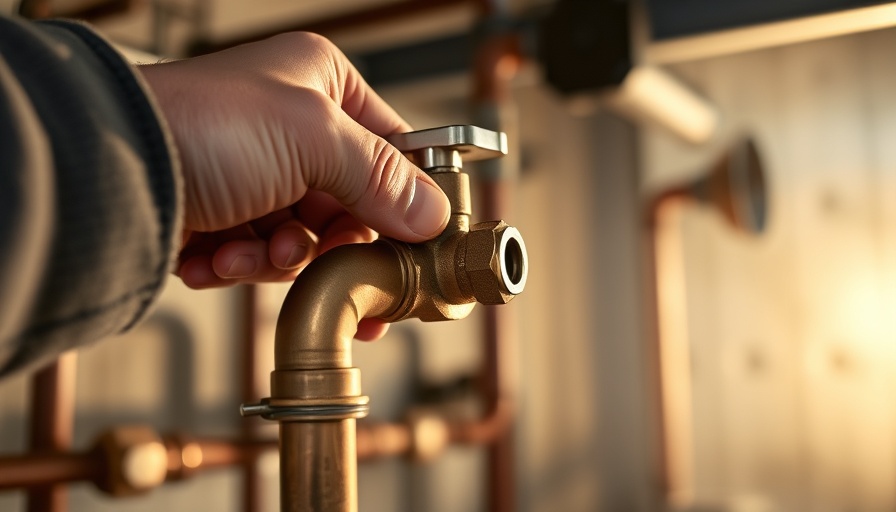
Essential Steps to Safeguard Your Sprinkler System This Winter
Winterizing your sprinkler system is no small task, but it’s essential to protect your investment and ensure your system works effectively come spring. Understanding how freezing temperatures affect your irrigation system can save you time and money in the long run. Each year, homeowners face costly repairs caused by frozen pipes, valves, and components if they fail to prepare properly.
Why Winterizing is Crucial
Freezing temperatures can wreak havoc on your sprinkler system. When water remains in the pipes, it expands as it freezes, leading to damage that can be very expensive to fix. By winterizing your system before temperatures plunge, you not only enhance the longevity of your sprinkler components but also ensure a smoother reactivation when spring arrives. As noted by experts like Skye Durrant and David McCary, proactive measures can prevent headaches in the upcoming gardening season.
Step-by-Step Guide to Winterizing Your Sprinkler System
Let’s delve into the practical steps required for a successful winterization of your system. Following these steps can help ensure your irrigation system is well-prepared for the cold months ahead.
1. Shut Off the Water Supply
Before doing anything else, locate the main shut-off valve, typically found in your basement or utility room. Turn off the water supply to halt water from flowing into your system. This is a foundational step in avoiding damages, and it sets the stage for the remaining steps.
2. Turn Off the Sprinkler Controller
To ensure your system doesn’t turn on accidentally while you are winterizing it, switch off the sprinkler controller. This simple adjustment protects both your system and reduces unwanted energy consumption.
3. Drain the Backflow Preventer
Next, you’ll need to drain the backflow preventer. This component is crucial for ensuring that drinking water doesn’t get contaminated by the irrigation system. Open the test cocks and turn the shutoff valves to a 45-degree angle for drainage. If a drain plug is available, remove it, as this allows trapped water to escape effectively. Proper drainage in this area is critical, and as suggested, it might be beneficial to watch how-to videos for a hands-on understanding.
4. Blow Out the Sprinkler Lines
The next step involves using a high-capacity air compressor to blow out water from the sprinkler lines. By connecting your compressor to the system’s blow-out port, you can clear the pipes out effectively. Run through each zone manually to ensure that mostly air is escaping from the sprinklers, indicating that water is successfully removed.
5. Seek Professional Help if Necessary
If this is your first time winterizing your system, don’t hesitate to ask for assistance from a neighbor or professional. According to many experts, a poorly executed winterization process can be just as problematic as ignoring the task entirely. Having someone with experience guide you through the process could be invaluable.
When is the Best Time to Winterize?
Timing is everything. The right moment to winterize your system typically aligns with the first hard freeze or when temperatures start consistently dipping into the 30s.
Experts suggest that as soon as the growing season ends, you should aim to winterize. For regions with milder winters, it’s still wise to consider early preparation, as early winterization can result in healthier landscapes in the spring.
Reactivating Your System in Spring
Finally, after the cold months, when you’re ready to turn your sprinkler system back on, there are crucial steps to follow as well. Make sure to close any drain valves, slowly open the water supply valve, and check your system thoroughly for leaks and pressure. This regimen ensures that everything is functioning as it should before giving your garden a much-needed hydration boost.
Take Action Today!
Don’t leave your sprinkler system vulnerable this winter. Taking proactive measures to winterize will save you from potential costly repairs in spring. Equip yourself with the knowledge needed for effective winterization, and consider reaching out to professionals if you're ever unsure about any steps. Your lawn will thank you!
 Add Row
Add Row  Add
Add 




Write A Comment